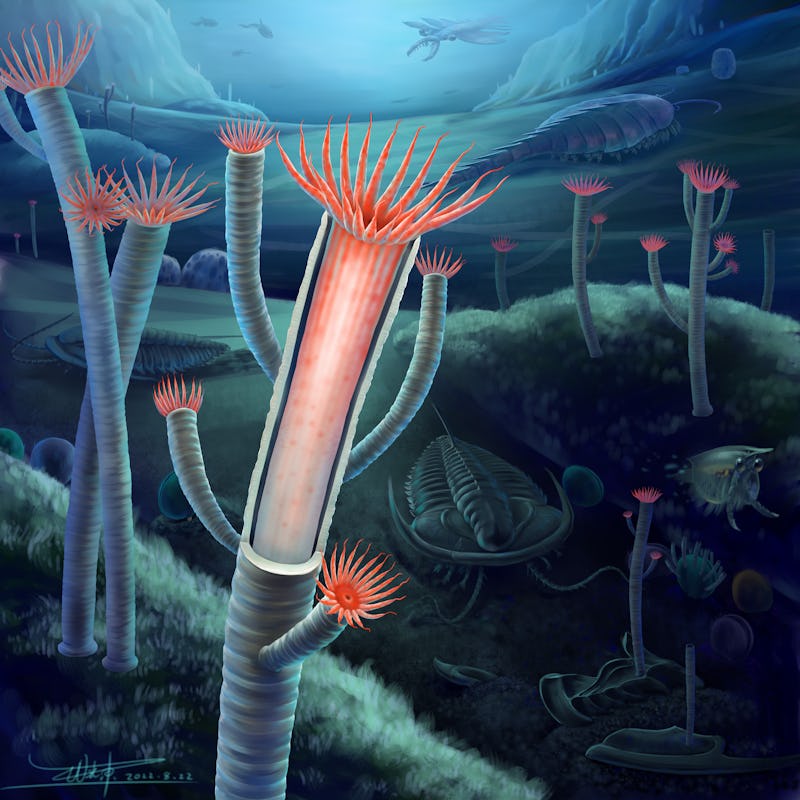Grow a spine!
Ancient jellyfish ancestor solves an evolutionary mystery
What hid inside the first exoskeletons?

Writing last week in the journal Proceedings of the Royal Society B, researchers described four specimens with fossilized tissue and skeletons that date back 514 million years.
RECONSTRUCTION BY XIAODONG WANG